
Notes and practice - Shoreline School District
More Momentum SWHS AP Physics What is conserved? Imagine observing the following phenomena occurring with a two-object system. Two carts (the system) move on a dynamics track. Complete the table that follows for each experiment. Experiment a. Cart A (2 kg) moving right at constant 1.0 m/s speed hits identical cart B (2 kg) that is stationary. Cart A stops and cart B starts moving rightward at 1.0 m/s. b. Cart A loaded with blocks (total mass of the cart is now 4 kg) moving right at 1.0 m/s hits stationary cart B (2 kg). After the collision, both carts move to the right, Cart A at 0.5 m/s and Cart B at 1.0 m/s. c. Cart A (2 kg) with modeling clay attached to the front moves right at 1.0 m/s. Identical cart B (2 kg) moves left at constant speed 1.0 m/s. The carts collide, stick together thanks to the clay and stop. Sketch the process before the collision and after the collision. Determine if anything is the same before and after the collision. (Hint: Think of mass, speed, velocity, acceleration, or some combinations of these quantities) After you have come up with a physical quantity that is the same before and after each collision, decide whether this quantity remains constant in all of the experiments. Explain below Momentum Conservation An “isolated” system: Impulse-Momentum Bar Chart A “non-isolated” system: A (toy) rifle: Q1: What is the “recoil” velocity of rifle? Q2: What impulse does the bullet impart to the rifle? Q3: If the “explosion” lasts for 0.1 sec, what force does the bullet impart on the rifle? In-elastic Collisions: Rocket Science: Q: How can a rocket “go” in space if it has nothing to push against? A: A rocket in deep space at rest (relative to say, a nearby planet): Now…let’s consider this as a non-isolated system (only the rocket): In-Class Practice - Momentum Conservation and Inelastic Collisions 1. Blocks 1 and 2 rest on a horizontal frictionless surface. A compressed spring of negligible mass separates the blocks. Block 1 has twice the mass of block 2. When the spring is released, the blocks are pushed apart. Answer the questions below concerning this process. 1 2 a. Compare the momentum magnitudes of block 1 and block 2 after the spring is released. b. Compare the combined momentum of both blocks before the spring is released and the combined momentum after the spring is released. c. Compare the speed of block 1 to that of block 2 after the spring is released. d. Represent the process using an impulse-momentum bar chart for a system consisting of the spring and two blocks. 2. A 0.02 kg bullet travelling horizontally at 250 m/s embeds in a 1.0 kg block of wood resting on a table. Determine the speed of the bullet and wood block together immediately after the bullet embeds in the block. 3 Two carts traveling in opposite directions are about to collide. The carts are all identical in size and shape, but they carry different loads and are traveling at different speeds. The carts stick together after the collision. There is no friction between the carts and the ground. A B 20 cm/s 500 g 25 cm/s C 20 cm/s 400 g 10 cm/s 400 g 800 g D 20 cm/s 500 g 20 cm/s 500 g 20 cm/s 800 g 40 cm/s 400 g Rank the speed of the two-cart systems after the collision. OR 1 Greatest 4. 2 3 4 Least All the same All zero Cannot determine In Case A, a metal bullet penetrates a wooden block. In Case B, a rubber bullet with the same initial speed and mass bounces off of an identical wooden block. Case A Before After Case B Before After Will the speed of the wooden block after the collision be (a) greater in case A, (b) greater in case B, or (c) the same in both cases? Explain.
© Copyright 2025

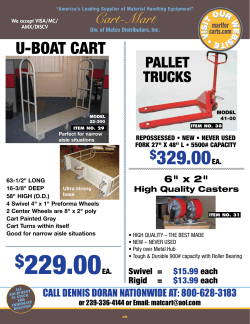

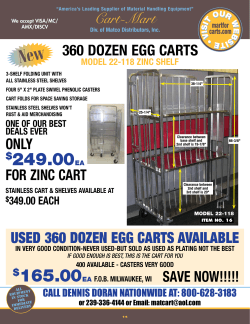
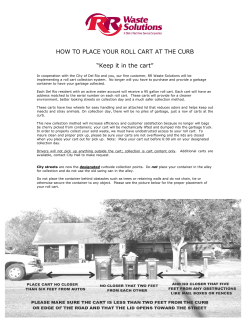






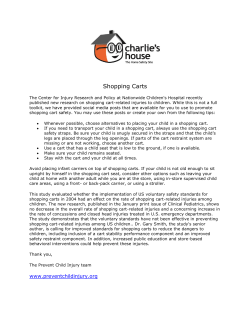

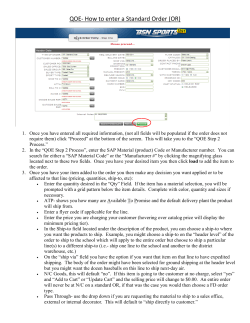
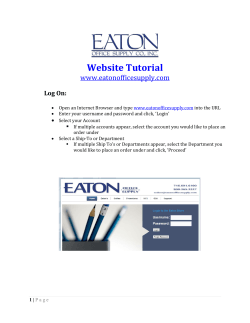





![A Bullet Is Fired into a Wooden Block Week 8: Chapter 8 [ Edit ]](http://cdn1.abcdocz.com/store/data/001597001_1-e2ea9faca3385e41105fbddf96ae3644-250x500.png)
